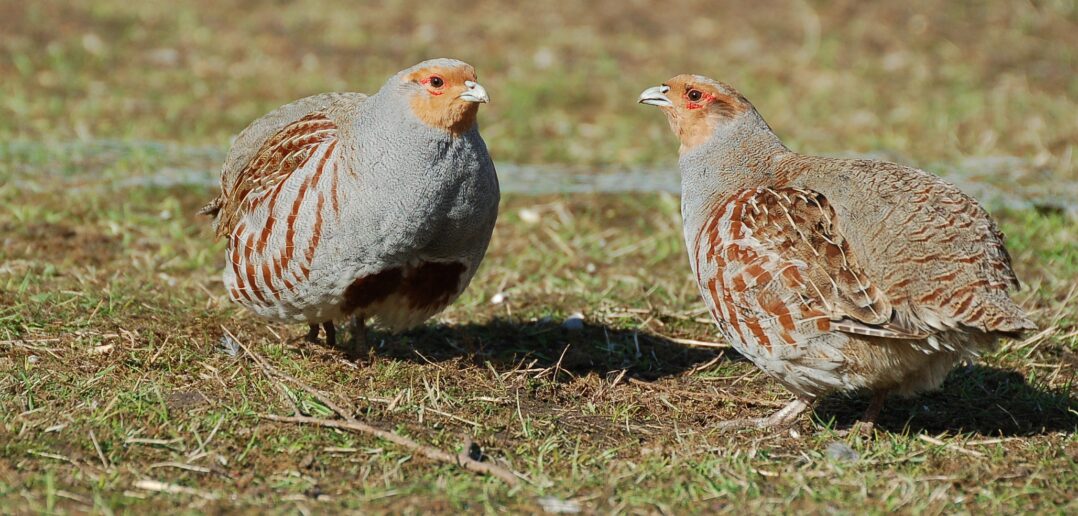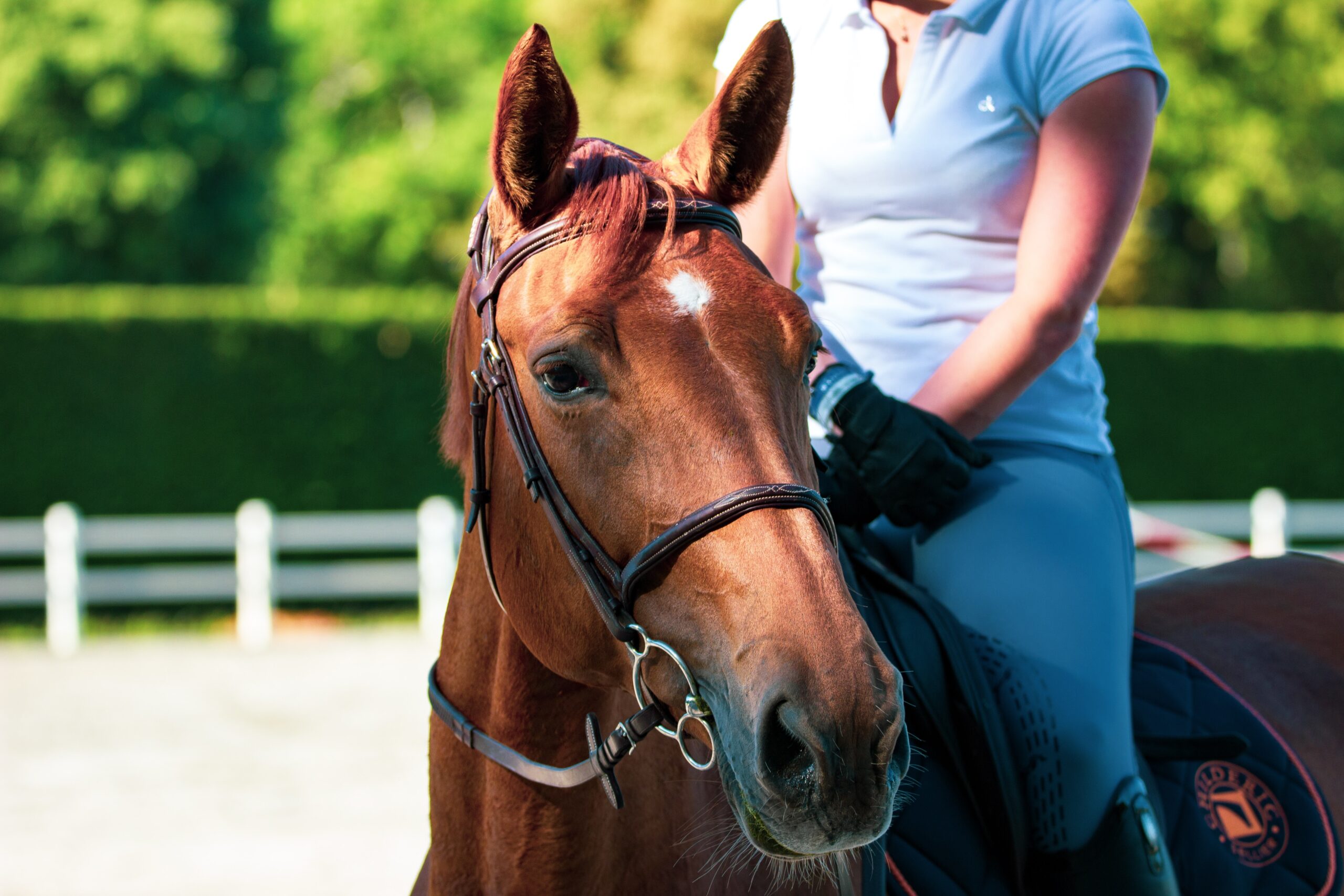The wild grey partridge, Perdix perdix, has long been considered Britain’s most treasured gamebird. This little bird’s tenacity, charm and remarkable parenting ability make it a favourite amongst many farmers and gamekeepers. Yet it is also one of our fastest declining birds.
Now, one of Europe’s biggest and longest-running bird surveys, the Partridge Count Scheme (PCS), is encouraging fans of the grey partridge to help safeguard its future.
“If you are lucky enough to have a few pairs of grey partridge on your land, now is the time when you might have the privilege of spotting new broods of chicks.,” said Neville Kingdom, PCS co-ordinator at the Game & Wildlife Conservation Trust, which runs the scheme. “By joining the Partridge Count Scheme, you can help us by carrying out some simple monitoring of your own grey partridges and learn how to support this wonderful bird. A few hours of your time could make a real difference.”

Since 1933 the scheme has relied on volunteers who are interested in conserving wild grey partridges to record bird numbers twice a year and submit them to a national database. The count takes a few hours each spring and autumn.
Volunteers will receive instructions and after the count will be sent site-specific feedback on how ‘their’ partridges are faring and what they can do to help them.
GWCT research has shown that the grey partridge’s decline has much to do with the drive for food production. At the end of the nineteenth and early twentieth centuries, grey partridges were so numerous that they were the most popular sporting quarry.
Yet after the Second World War, the number of grey partridges dropped by 80% in 40 years. The widespread use of herbicides and insecticides has eliminated both the arable weeds that provide food for the insects that grey partridge chicks feed on, and the insects themselves.
The drive to maximise the area under production and the removal of hedges caused the loss of nesting habitat. Fewer winter stubble fields have removed a vital food supply at the harshest time of year and a reduction in predation control has resulted in more hen and nest losses. These factors combined have seen the grey partridge added to the red list of birds of conservation concern.
However, there is much that land managers can do to support the greys they have and increase future numbers, according to Neville: “Even if you only have a few pairs, if you aim to double their numbers and other land managers across the country do the same, then we can make a real difference to the future of this iconic species. Please consider joining the Partridge Count Scheme.
“Counts are best carried out just after dawn or at dusk when the birds are out of cover and feeding. Using the findings of your count, we will send you results which can help to identify factors which might be limiting partridges on your land and inform habitat management decisions that could benefit grey partridges, as well as other wildlife. Subsequent counts will then help to track the success of those measures, hopefully encouraging you to keep working to conserve this treasured bird.”
The grey partridge is a ‘barometer’ species of wider farmland biodiversity: where they are doing well due to successful management, so will many other species. The Partridge Count Scheme provides vital data to scientists and policymakers on long-term trends and the effect that positive game and habitat management can have on grey partridges, as well as providing practical guidance to farmers and game managers on supporting grey partridge stocks.
Landowners, managers and gamekeepers can find more information and join the scheme here.




